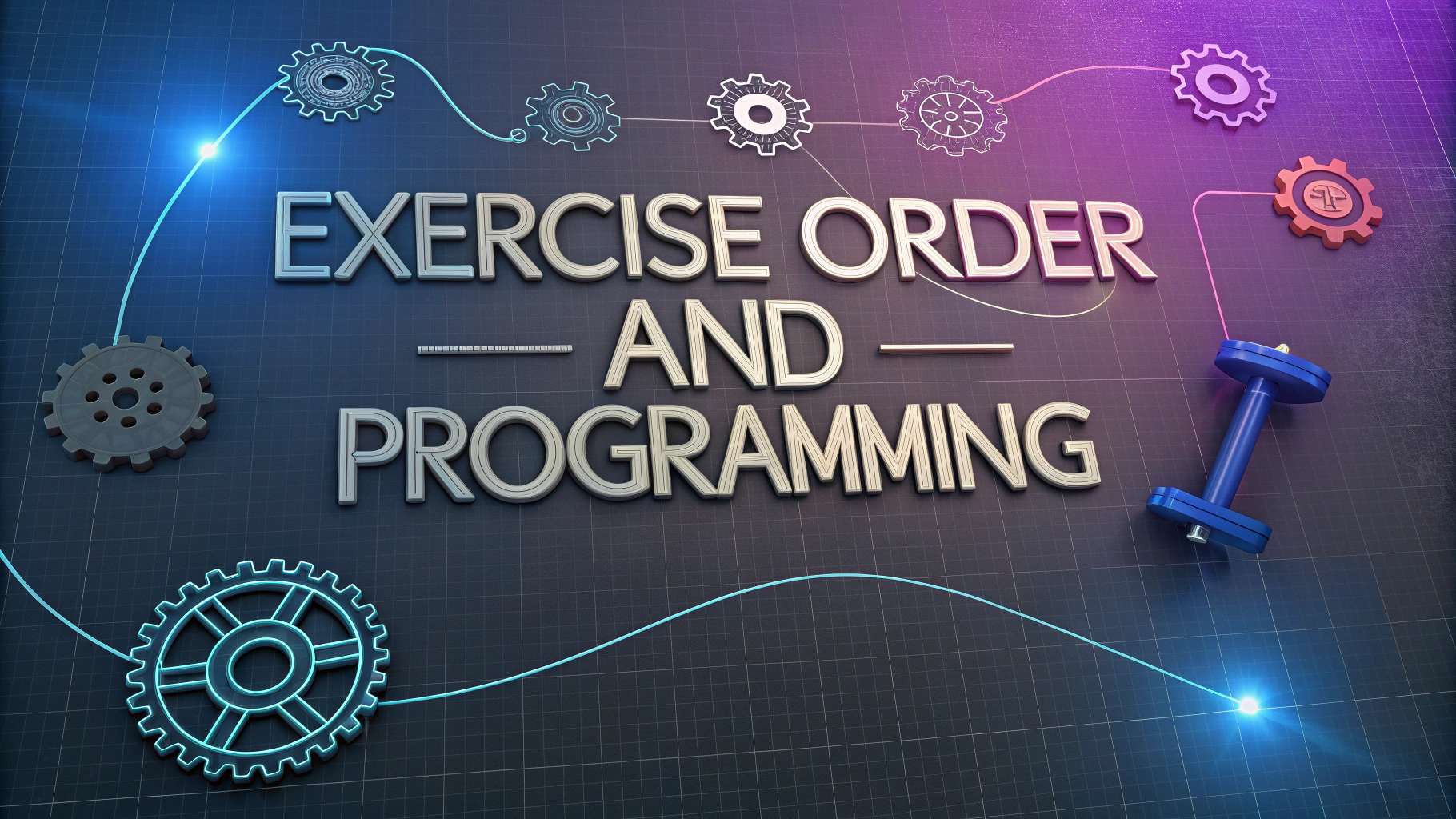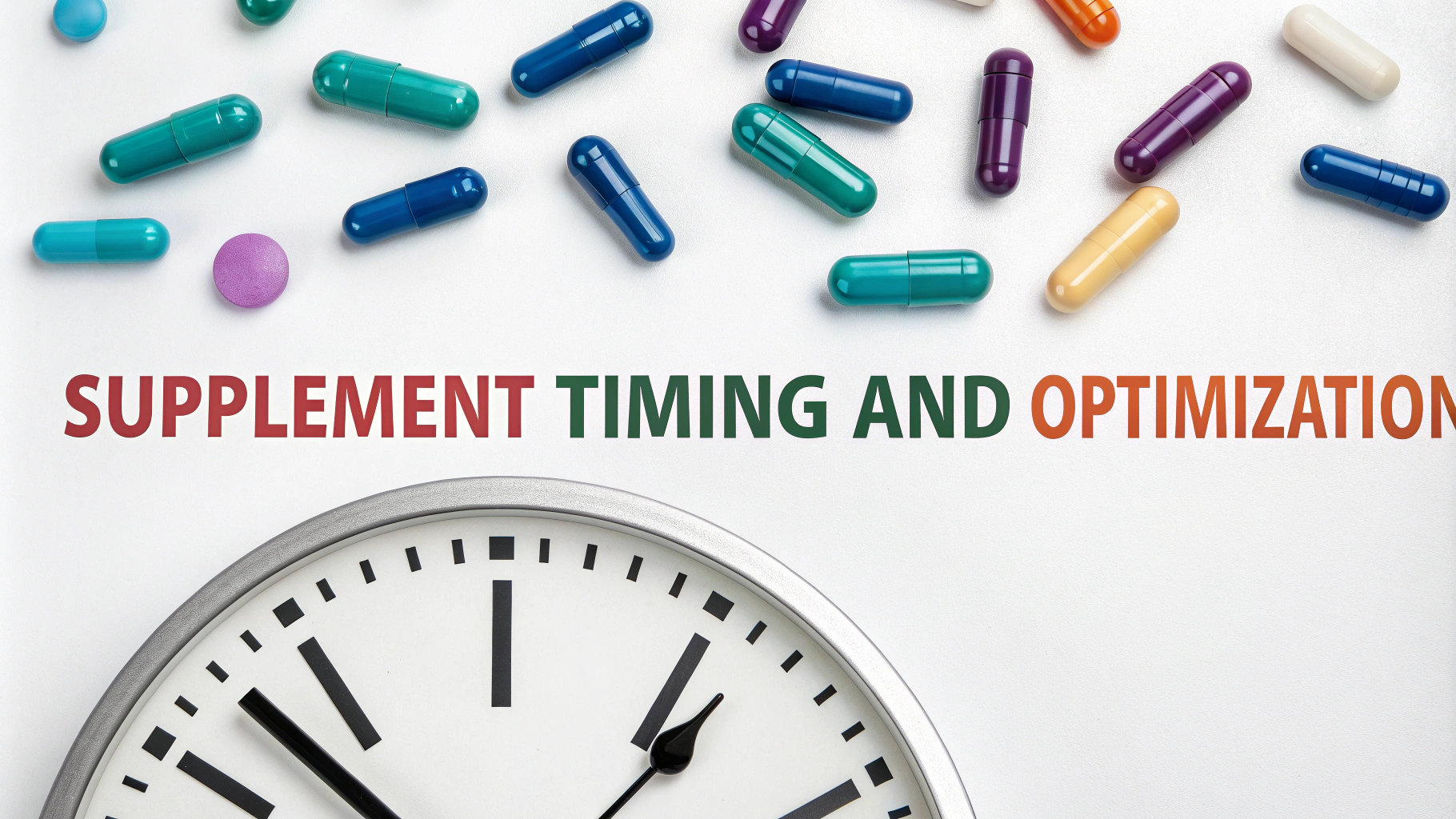Building muscle through hypertrophy requires understanding both the science behind muscle growth and practical training methods.
What is Muscle Hypertrophy?
Muscle hypertrophy refers to the increase in muscle size through the growth of existing muscle cells.
Two Main Types of Hypertrophy:
- Myofibrillar hypertrophy: Growth of muscle contractile units, leading to increased strength
- Sarcoplasmic hypertrophy: Increase in muscle glycogen storage and non-contractile proteins
Key Factors for Muscle Growth
1. Training Variables
- Sets: 3-5 per exercise
- Reps: 8-12 for optimal hypertrophy
- Rest periods: 60-90 seconds between sets
- Training frequency: 2-3 times per muscle group weekly
2. Nutrition Requirements
- Protein intake: 1.6-2.2g per kg of body weight
- Caloric surplus: 300-500 calories above maintenance
- Carbohydrates: 4-7g per kg of body weight
Effective Training Methods
Progressive overload remains the foundation of muscle growth, requiring gradual increases in weight, frequency, or reps.
Recommended Exercises by Muscle Group
| Muscle Group | Primary Exercises |
|---|---|
| Chest | Bench Press, Dumbbell Flyes, Push-Ups |
| Back | Pull-Ups, Rows, Deadlifts |
| Legs | Squats, Leg Press, Romanian Deadlifts |
Recovery Strategies
- Sleep 7-9 hours per night
- Allow 48 hours between training same muscle groups
- Stay hydrated (3-4 liters daily)
- Consider post-workout nutrition within 30 minutes of training
Common Mistakes to Avoid
- Training too frequently without adequate recovery
- Insufficient protein intake
- Poor exercise form
- Neglecting progressive overload
Track your progress through photos, measurements, and workout logs to ensure consistent improvement.
Recommended Supplements
- Creatine Monohydrate: 5g daily
- Whey Protein: 20-30g post-workout
- BCAAs: During training (optional)
For personalized advice, consult a certified strength coach or sports nutritionist (Find a certified professional).
Training Program Structure
Sample Weekly Split
- Monday: Chest and Triceps
- Tuesday: Back and Biceps
- Wednesday: Rest
- Thursday: Legs
- Friday: Shoulders and Arms
- Saturday/Sunday: Rest
Advanced Techniques
- Drop sets: Reducing weight after reaching failure
- Super sets: Two exercises back-to-back
- Time under tension: Slower rep tempo
- Rest-pause sets: Brief pauses between reps
Periodization
Structure training in phases to prevent plateaus and optimize gains:
- Strength phase: 4-6 reps, higher weight
- Hypertrophy phase: 8-12 reps, moderate weight
- Endurance phase: 12-15 reps, lower weight
Monitoring Progress
- Take monthly progress photos
- Record body measurements every 2-4 weeks
- Track strength gains in key lifts
- Monitor body weight weekly
Conclusion
Successful muscle hypertrophy requires a combination of proper training, nutrition, and recovery strategies. Focus on progressive overload, maintain consistent protein intake, and allow adequate recovery time. Regular monitoring and adjustments to your program will ensure continuous progress toward your muscle-building goals.
Remember that results take time and consistency is key. Adjust your program based on your progress and response to training stimulus.
FAQs
- What exactly is muscle hypertrophy?
Muscle hypertrophy is the increase in muscle size through the growth of existing muscle fibers, primarily achieved through resistance training and proper nutrition. - How long does it take to see noticeable muscle growth?
Visible muscle growth typically takes 8-12 weeks of consistent training, proper nutrition, and adequate recovery, though initial strength gains can be noticed within 2-4 weeks. - What’s the optimal protein intake for muscle growth?
Research suggests consuming 1.6-2.2 grams of protein per kilogram of body weight daily for optimal muscle growth, spread across multiple meals throughout the day. - How many sets per muscle group are needed for hypertrophy?
Most research indicates 10-20 sets per muscle group per week is optimal for hypertrophy, with 6-12 repetitions per set at 65-85% of one-rep maximum. - Does training to failure matter for muscle growth?
While training to failure can promote muscle growth, it’s not necessary for every set and can increase recovery time. Training to 1-2 reps short of failure is often sufficient for hypertrophy. - What role does sleep play in muscle growth?
Sleep is crucial for muscle growth as it’s when most muscle repair and growth hormone release occurs. Adults should aim for 7-9 hours of quality sleep per night. - How important is the mind-muscle connection for hypertrophy?
Research shows that focusing on muscle contraction during exercises can enhance muscle activation and growth, particularly during isolation exercises. - What’s the minimum rest time needed between workouts for the same muscle group?
Most research suggests 48-72 hours of rest between training sessions for the same muscle group to allow adequate recovery and adaptation. - Does cardio interfere with muscle growth?
Moderate cardio doesn’t significantly impact muscle growth when properly programmed. However, excessive cardio can impair recovery and reduce resources available for muscle growth. - How does aging affect muscle hypertrophy potential?
While muscle growth potential decreases with age due to hormonal changes and reduced protein synthesis, resistance training can still effectively build muscle at any age, though progress may be slower.







